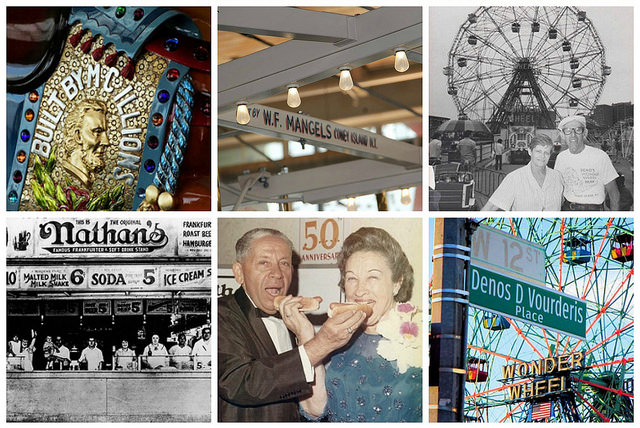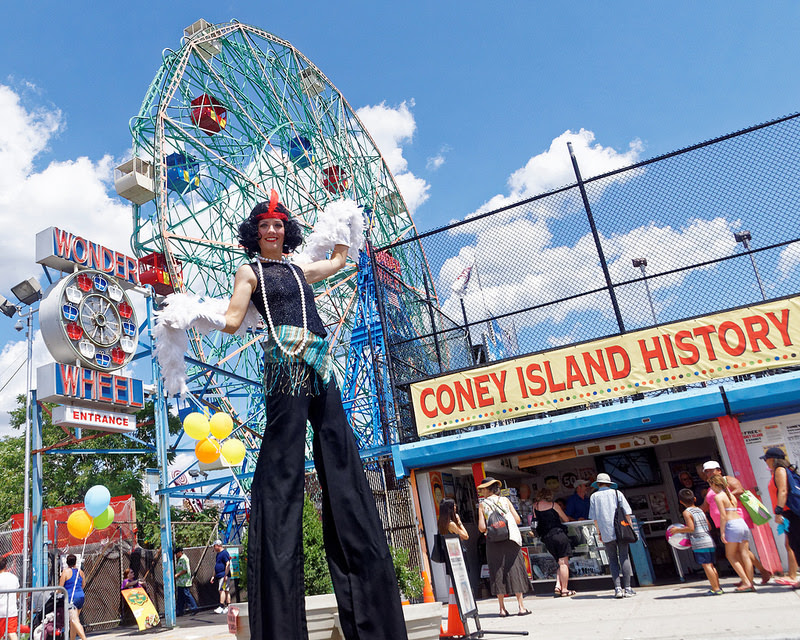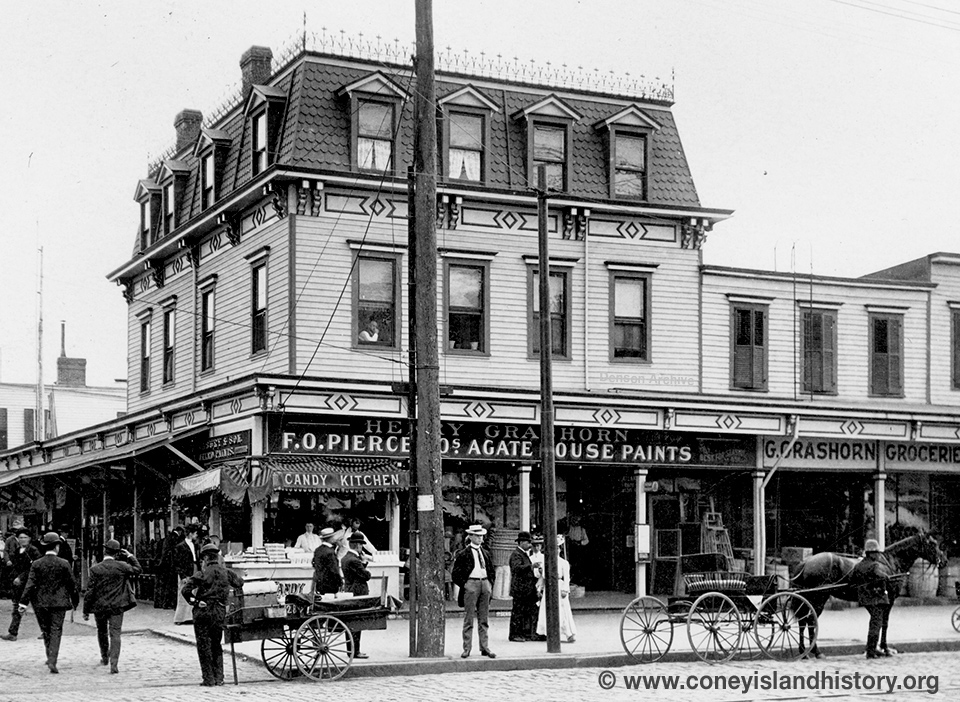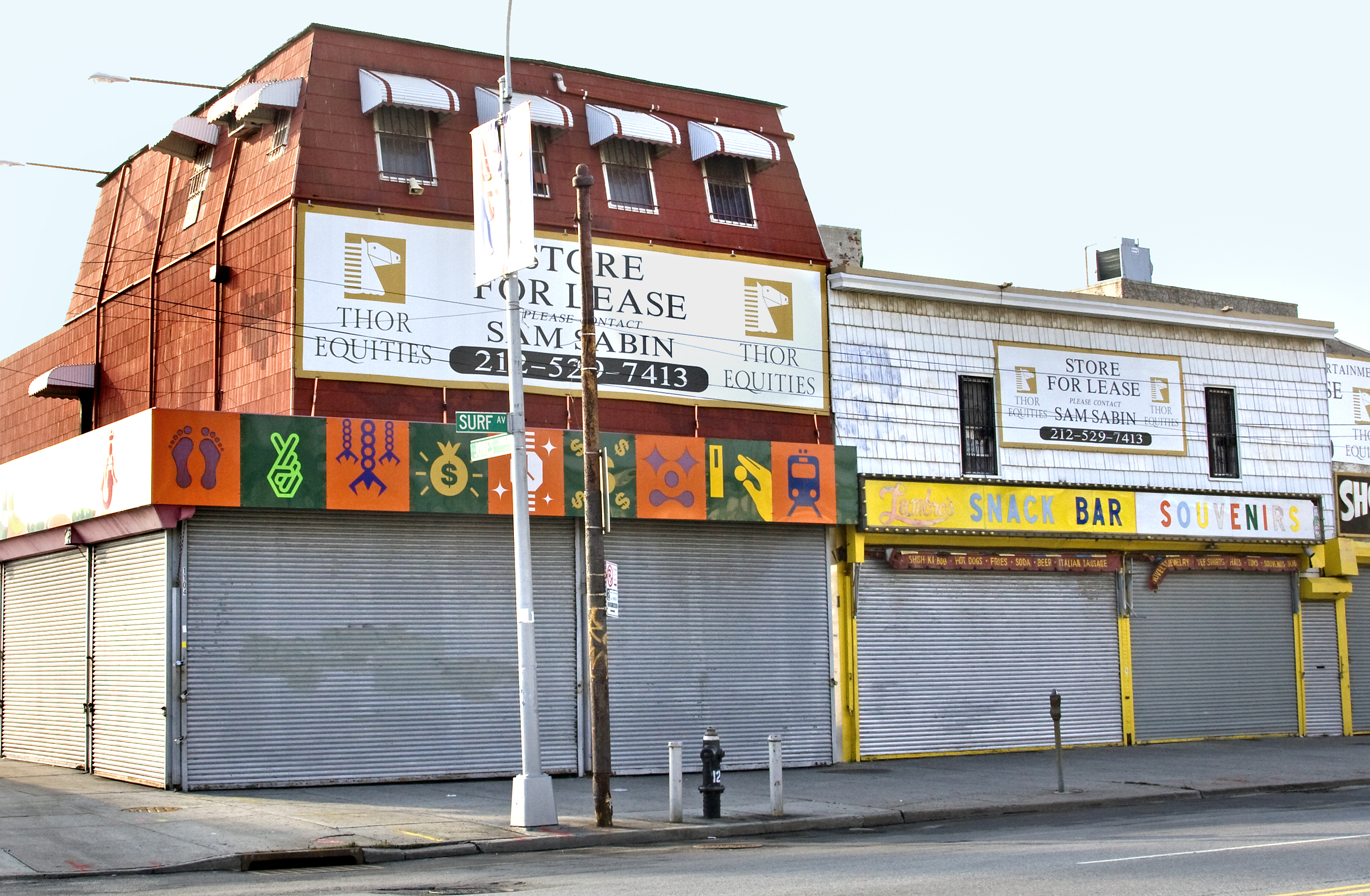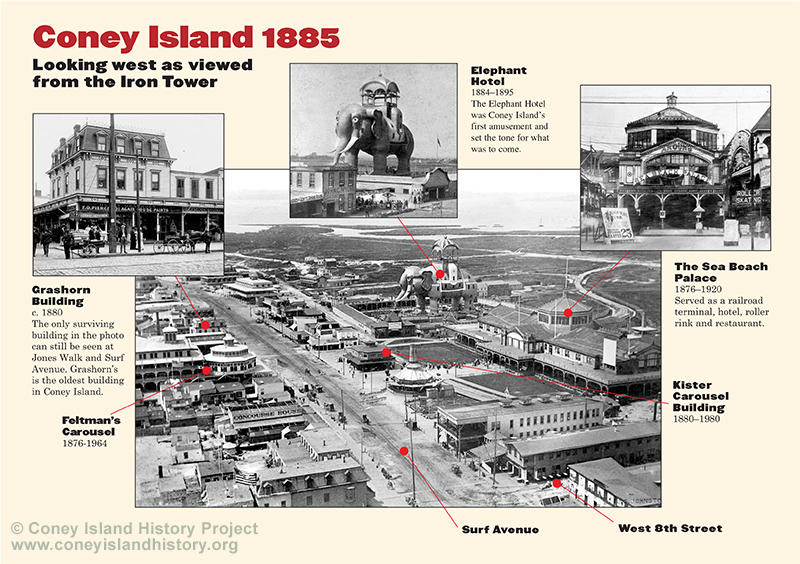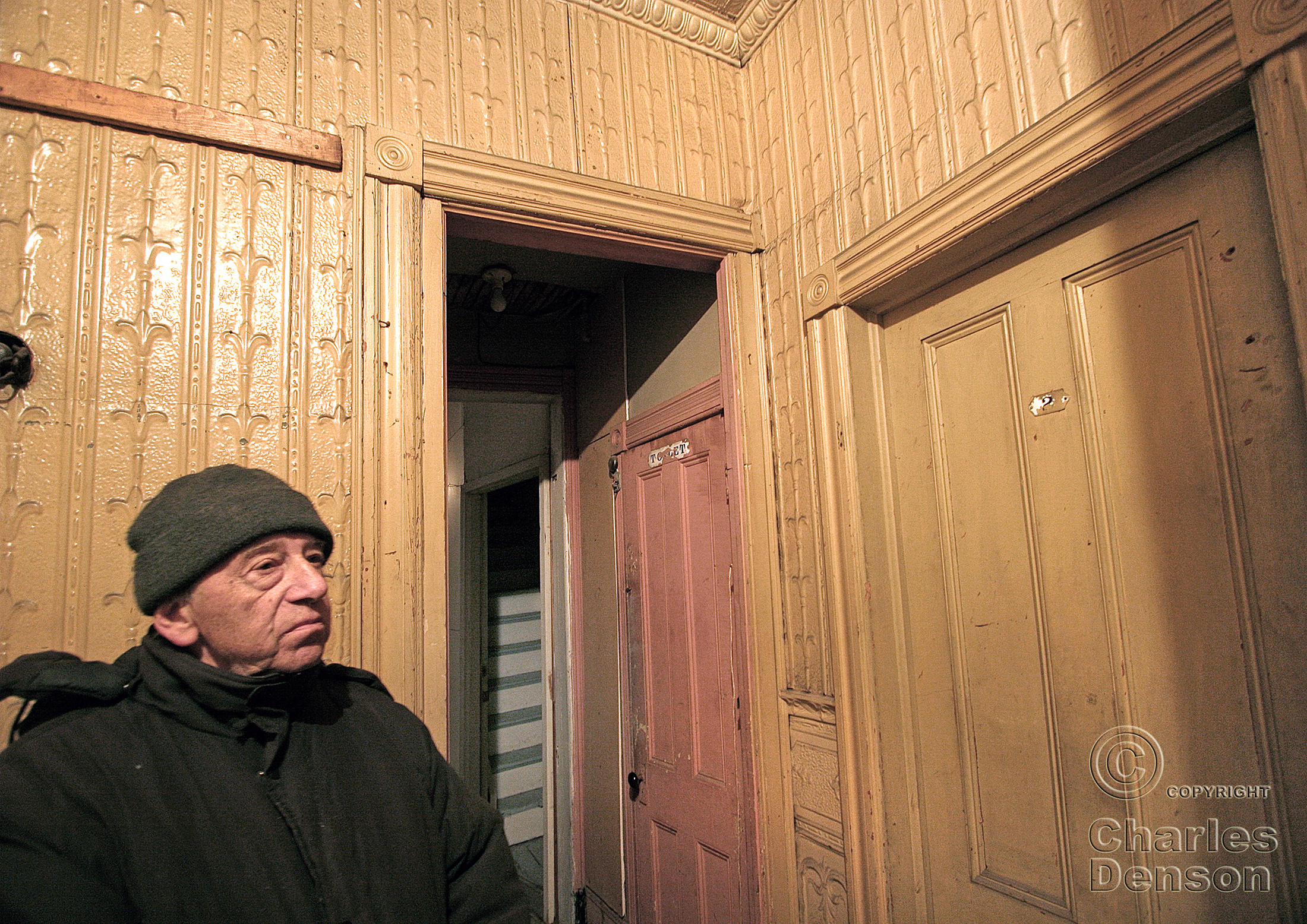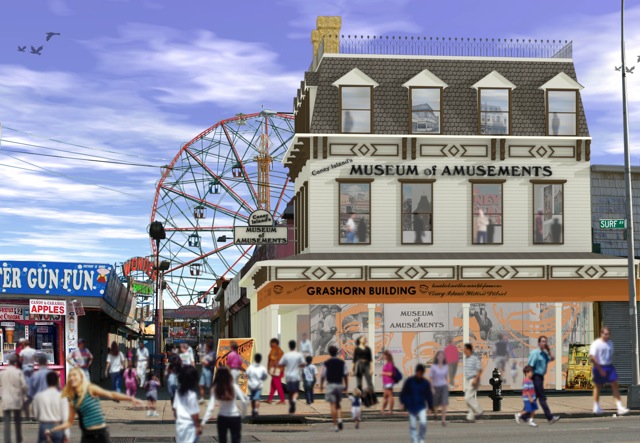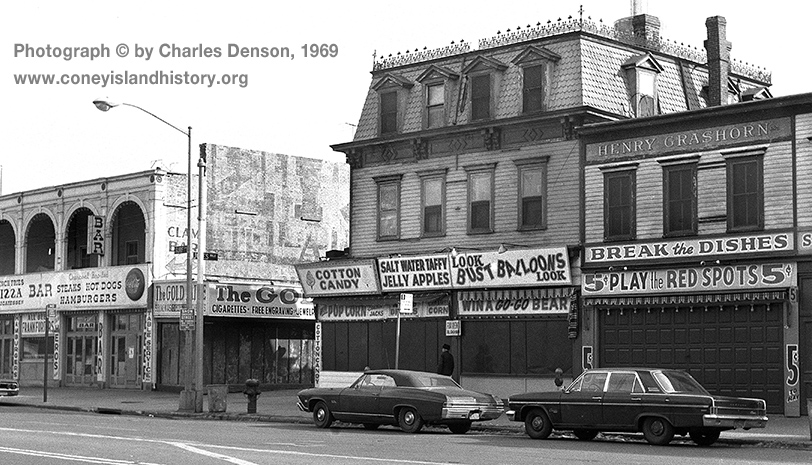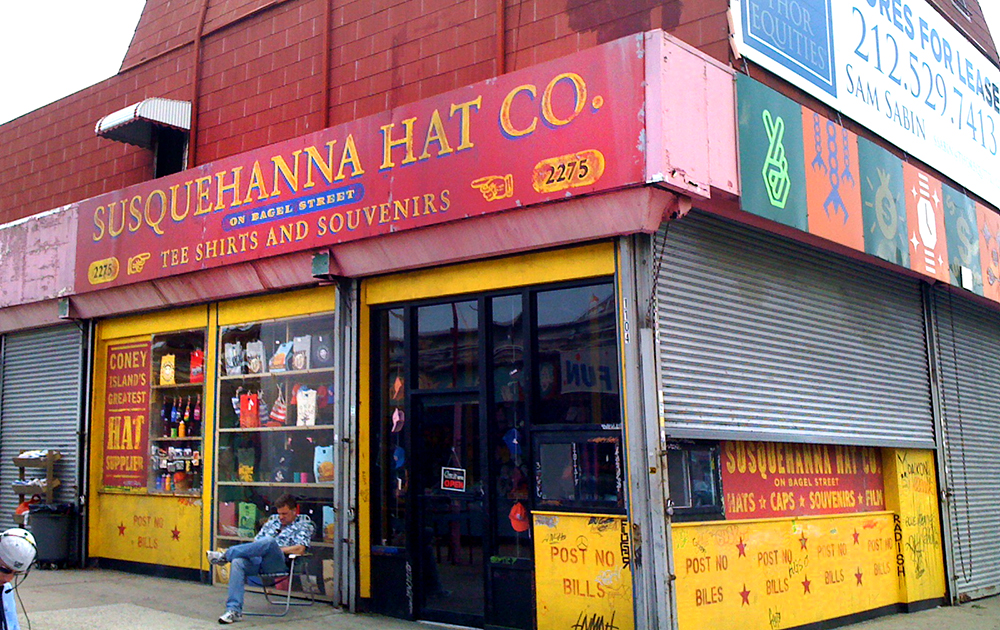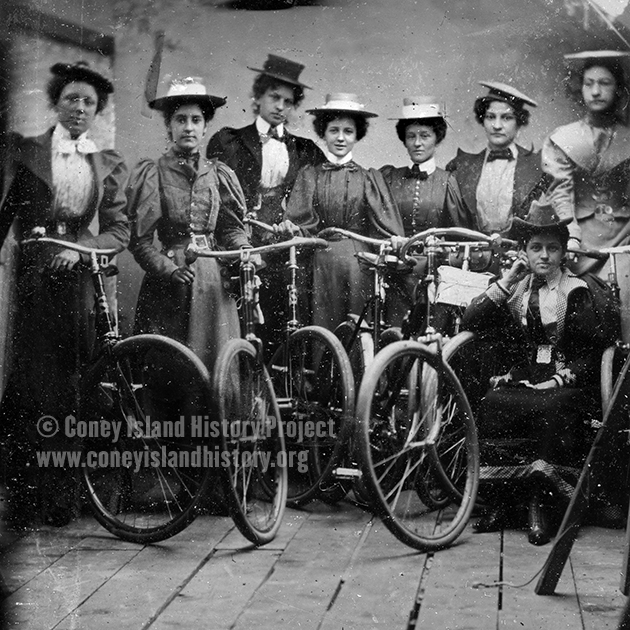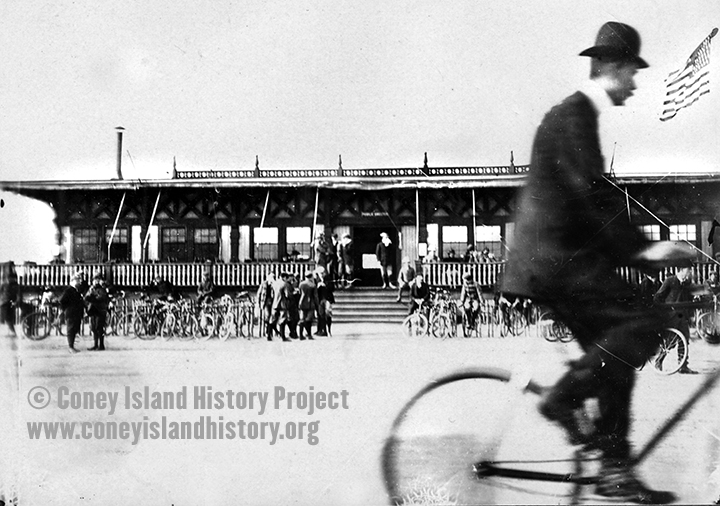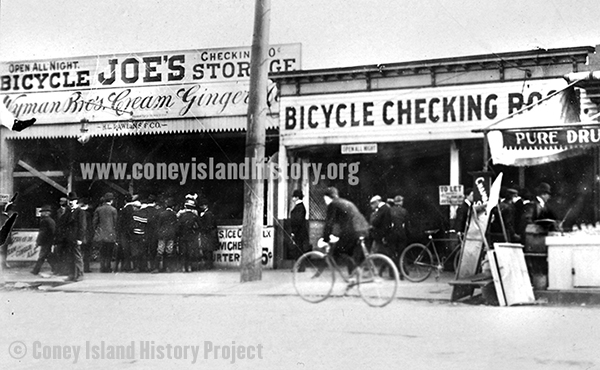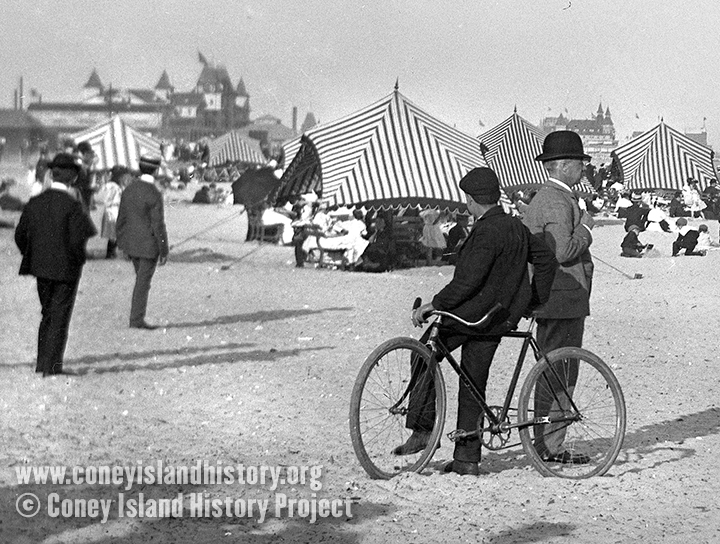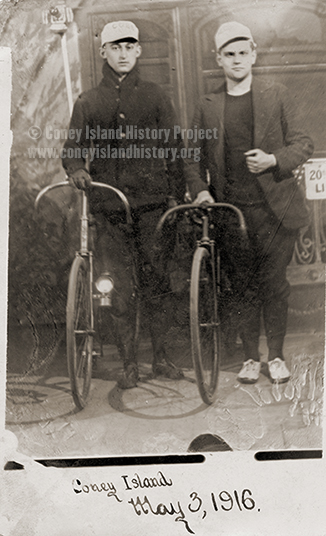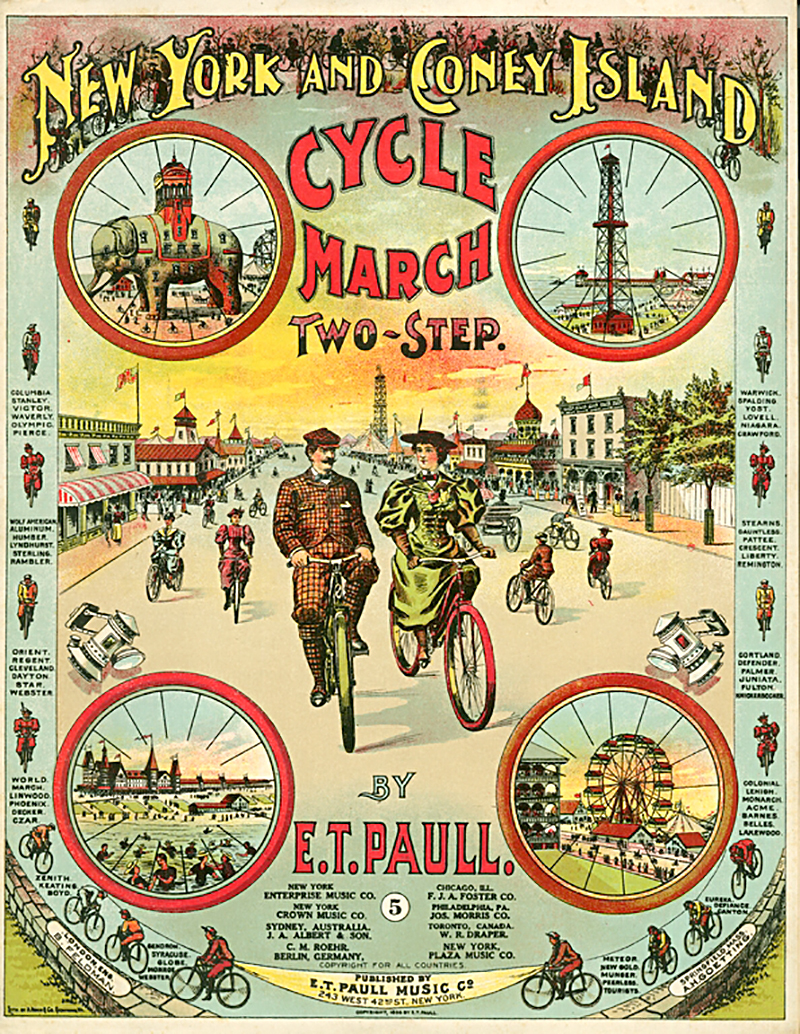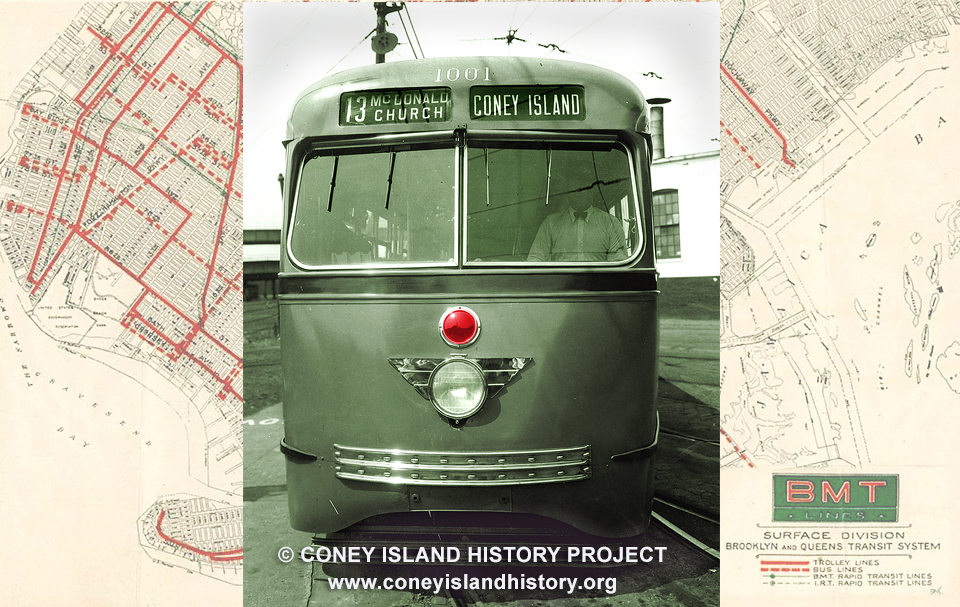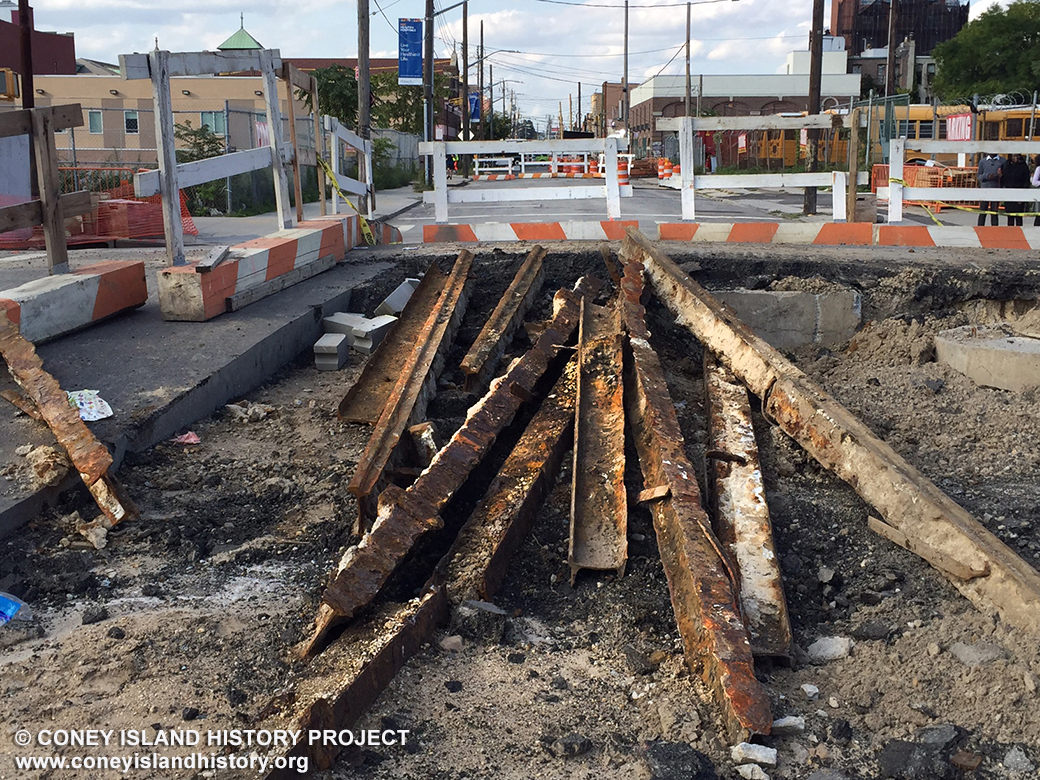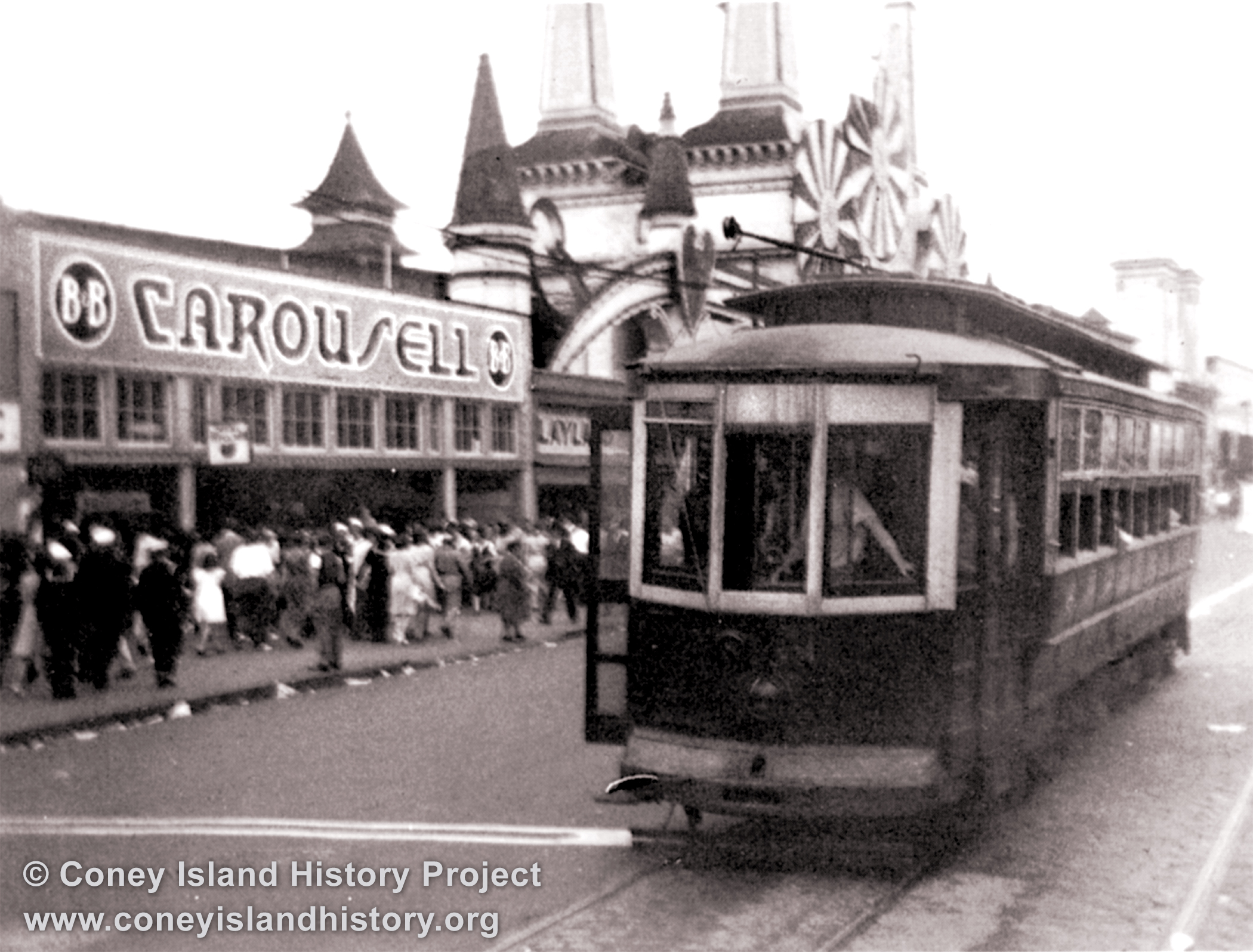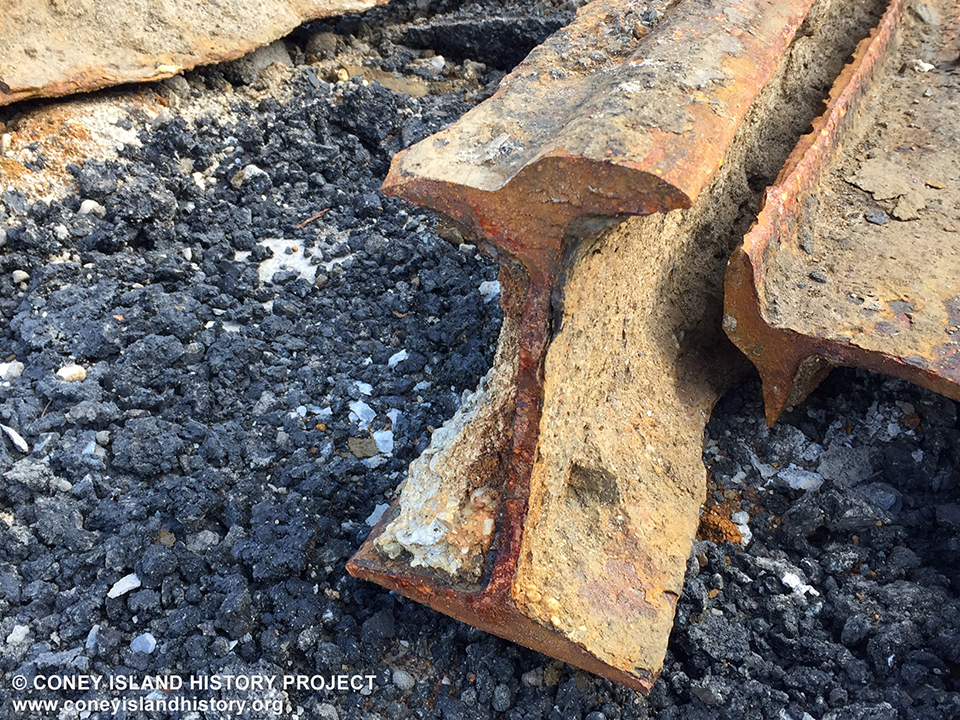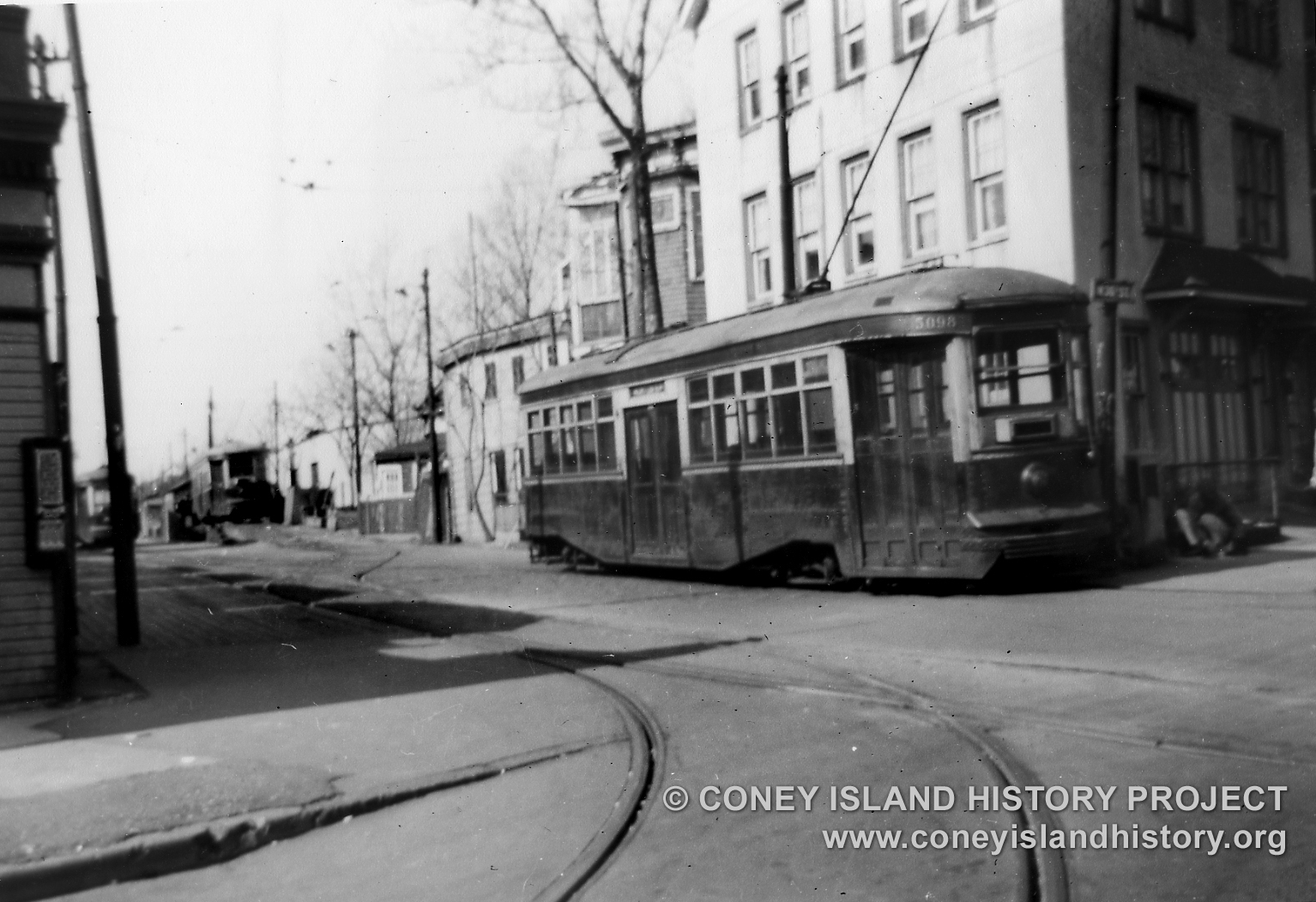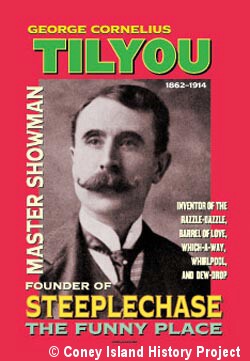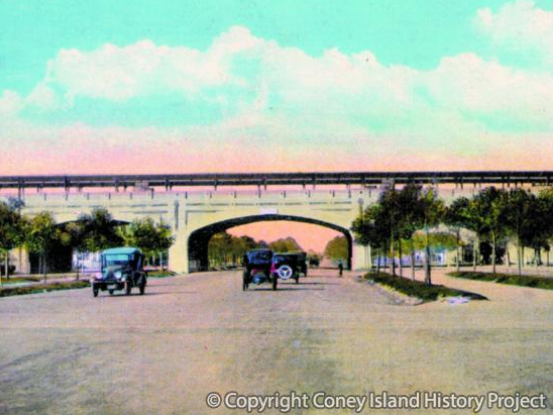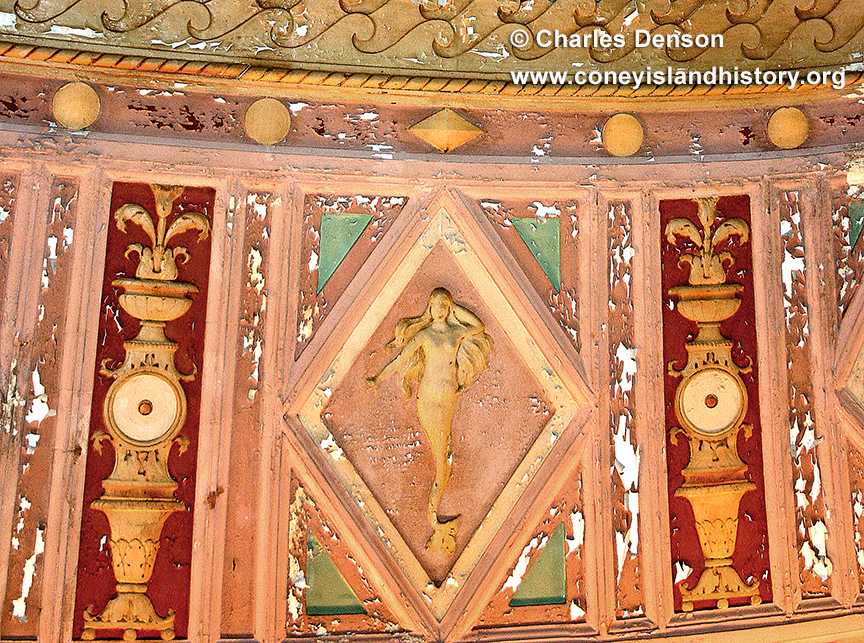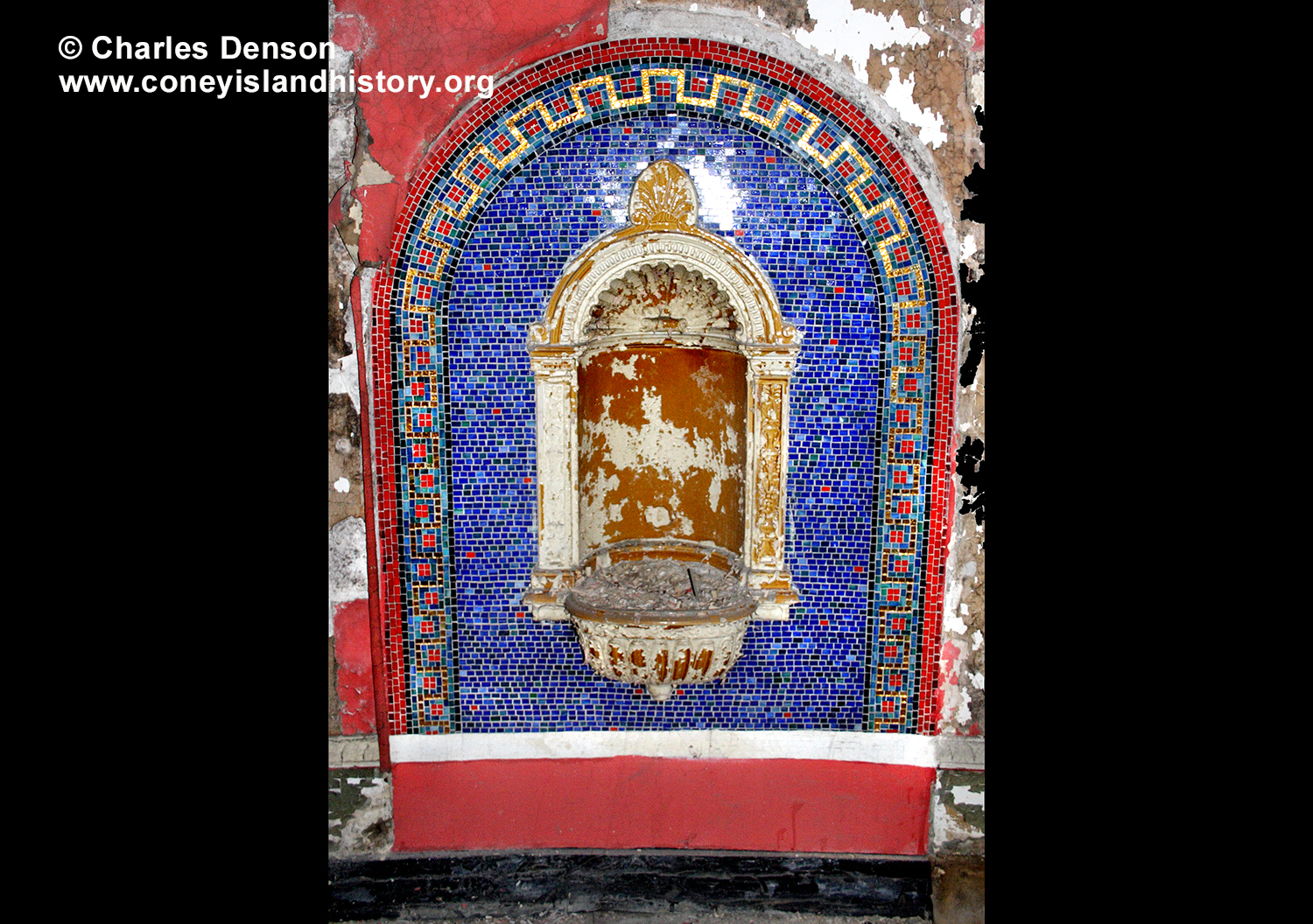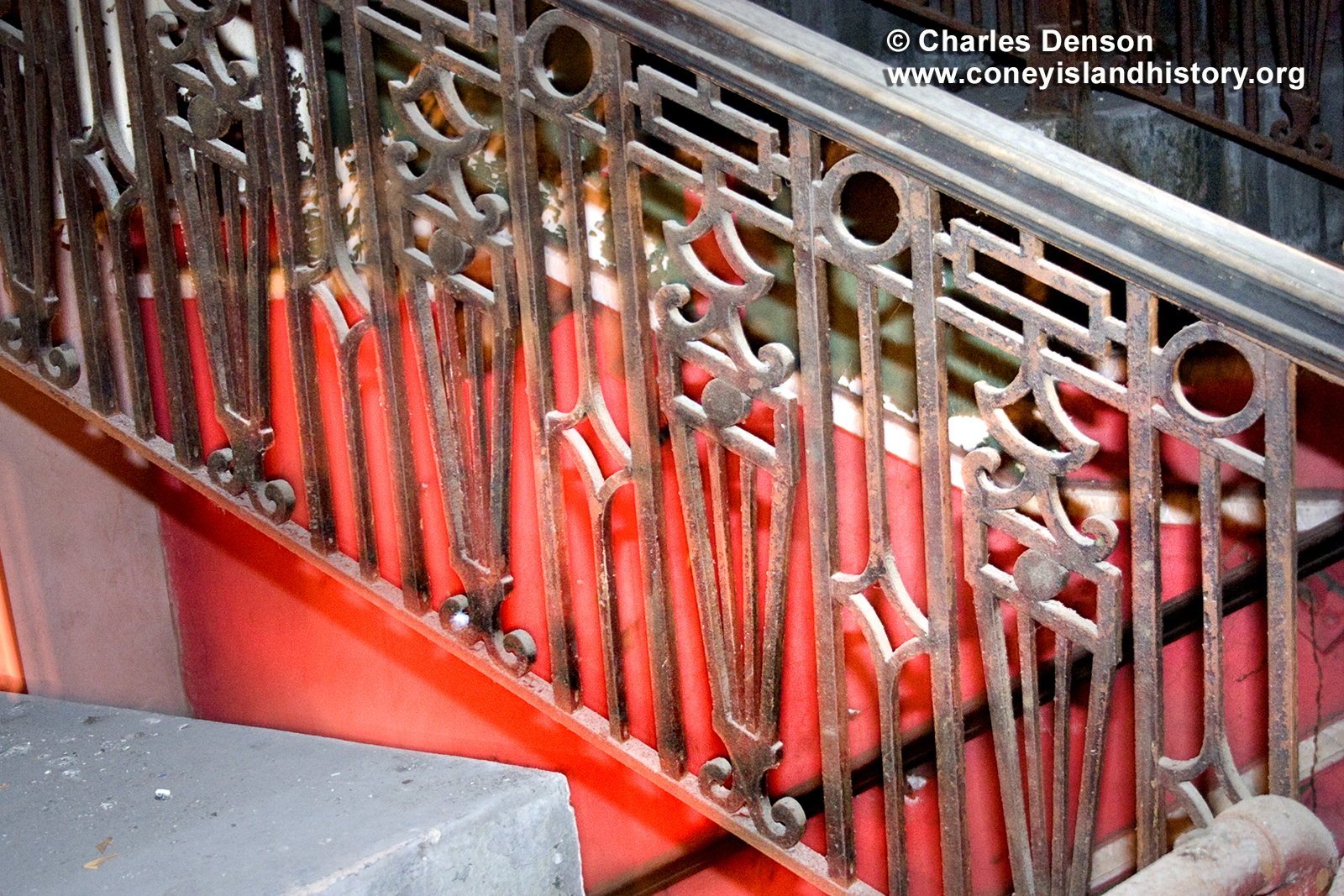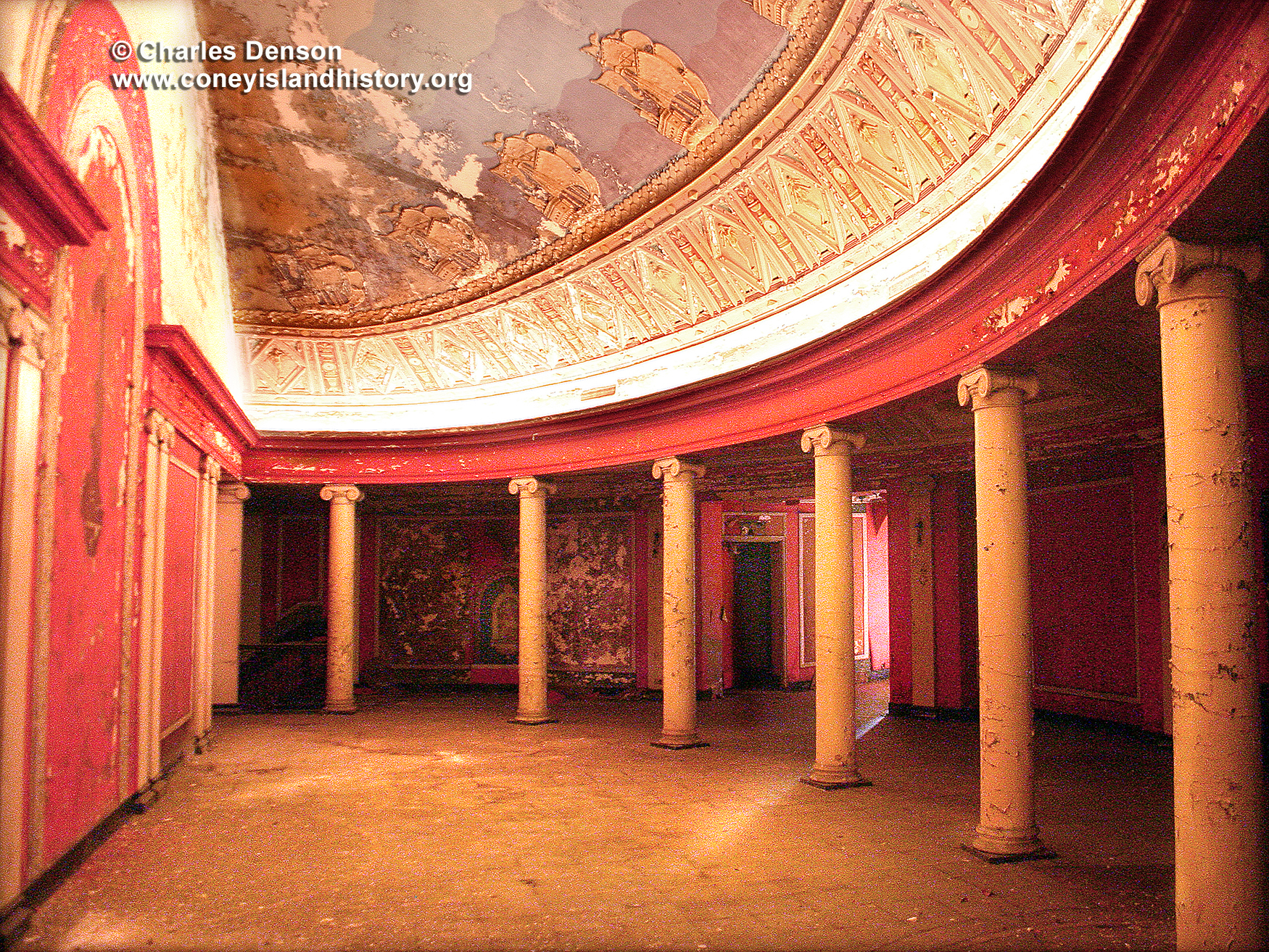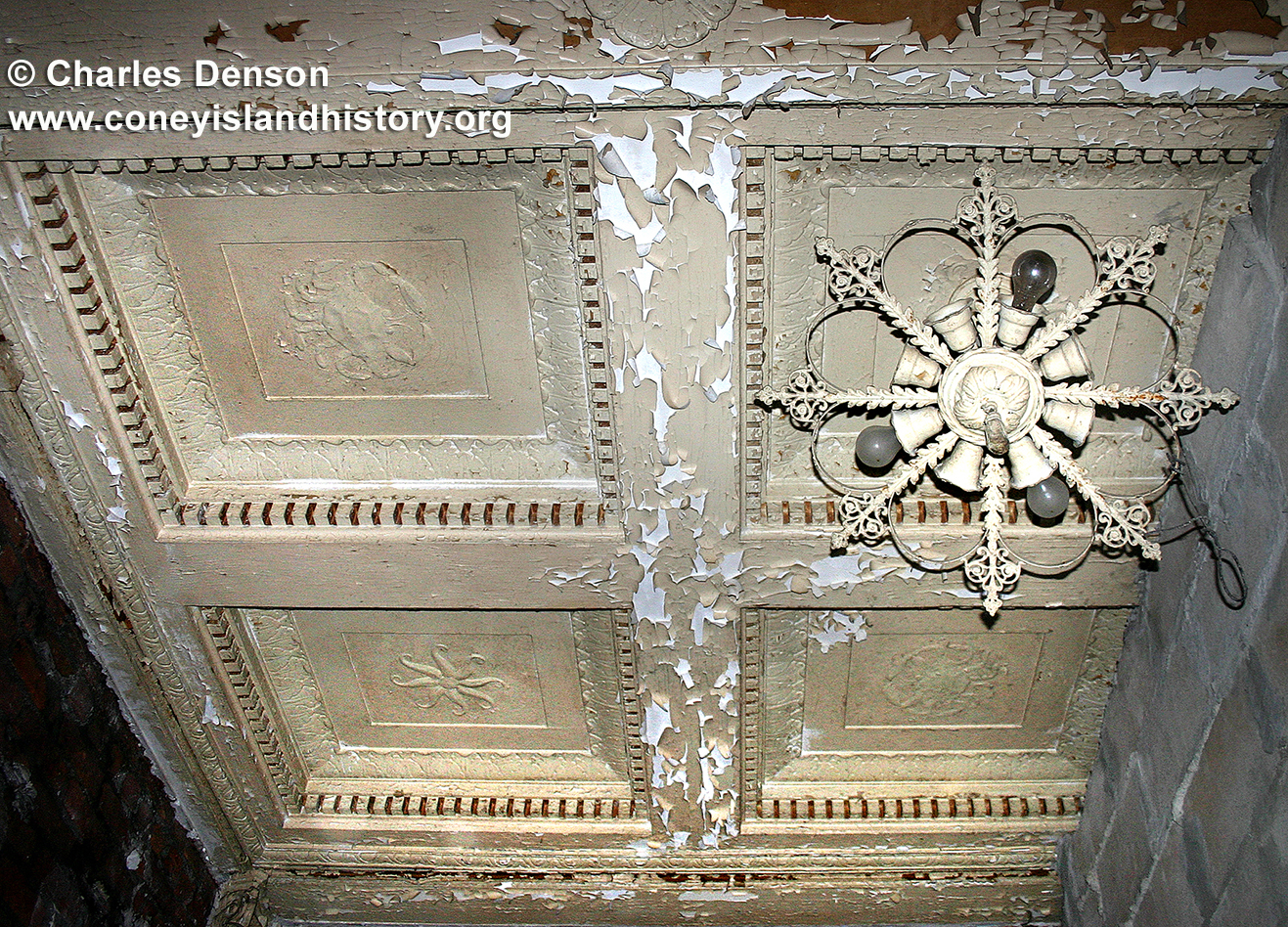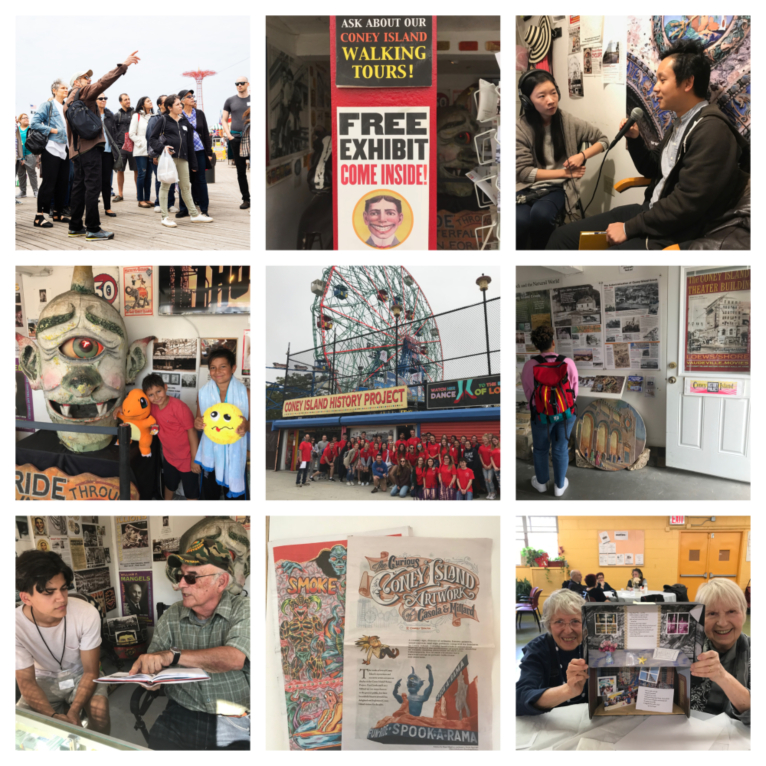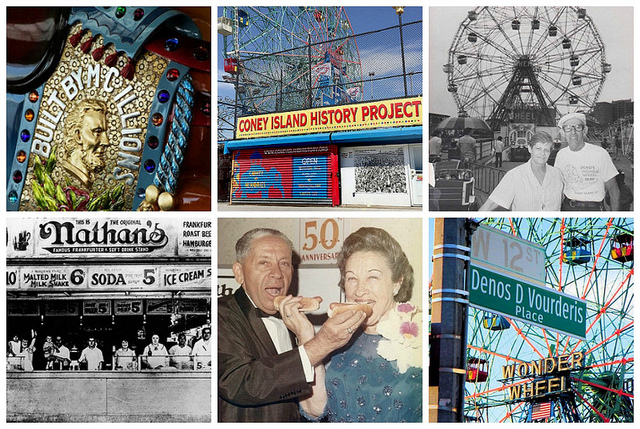
On Easter Sunday, April 21, 2019, learn about the contributions of immigrants to the history and development of "The Playground of the World" on our Immigrant Heritage Tour of Coney Island (康尼岛移民文化遗产之旅) conducted in English (12:00 PM) and (Mandarin 3:00 PM). The Coney Island History Project is offering this special walking tour as part of Immigrant Heritage Week 2019. Tickets are free of charge for the 1-1/2 hour, wheelchair accessible tour but must be reserved online as each tour is limited to 40 participants. Advance ticketing is available via our online reservation page on Eventbrite. If you have a question, please email events@coneyislandhistory.org.
Among the stops on the walking tour and the stories of struggle, success and achievement are Nathan's Famous, founded in 1916 by Polish immigrant Nathan Handwerker; Deno's Wonder Wheel Amusement Park, where the landmark 1920 Wonder Wheel was purchased by Greek immigrant Denos D. Vourderis as a wedding ring for his wife; and the B&B Carousell, created in 1919 by German and Russian immigrants and now Coney's last hand-carved wooden carousel.
Coordinated by the Mayor's Office of Immigrant Affairs (MOIA), Immigrant Heritage Week is an annual citywide program of events celebrating the history, traditions and contributions of New York City's diverse immigrant communities. IHW 2019 is scheduled for April 15-21 in recognition of April 17, 1907, the date when more immigrants entered the U.S. through Ellis Island than any other date in history.
"Coney Island has traditionally been a place where immigrants who wanted to start a business could start small and work their way up," says Charles Denson, director of the Coney Island History Project. "A person of small means with no experience or capital could lease a stall on the Bowery and open a game concession with nothing more than a few baseballs and milk bottles. Coney was also the place where immigrant families could escape steaming tenements, get fresh air, bathe in the ocean and assimilate with people of all nationalities. It's where they finally found true freedom and became Americans."
The walking tour will also highlight businesses operated by immigrants from Hong Kong, Jamaica, Mexico, Russia and Ukraine who have recorded their stories for the Coney Island History Project's Oral History Archive. The Immigrant Heritage Tour will be led by Tricia Vita and Sylvia Ching Man Wong, who facilitate and record oral histories for the Coney Island History Project.
Please note that the Coney Island History Project exhibit center will be open special hours on April 21, Easter Sunday, from 1:00PM-6:00PM. Admission is free of charge. Visitors are invited to take free souvenir photos with an original Steeplechase horse, from the legendary ride that gave Steeplechase Park its name, and the iconic Cyclops head from Deno's Wonder Wheel Park's Spook-A-Rama, Coney Island's oldest dark ride. Among the treasures on display at the Coney Island History Project’s exhibit center this season is Coney Island’s oldest surviving artifact from the dawn of the “World’s Playground.” The 1823 Toll House sign dates back to the days when the toll for a horse and rider to “the Island” was 5 cents! Today, the nearly two century old sign is often described as Coney Island's "first admission ticket."
The Coney Island History Project, founded in 2004, is a 501(c)(3) not-for-profit organization that aims to increase awareness of Coney Island's legendary and colorful past and to encourage appreciation of the Coney Island neighborhood of today. Our mission is to record, archive and share oral history interviews; provide access to historical artifacts and documentary material through educational exhibits, events and a website; and honor community leaders and amusement pioneers through our Coney Island Hall of Fame.
This program is supported, in part, by the New York City Department of Cultural Affairs in partnership with the City Council, and New York City Councilman Mark Treyger, and our members and contributors.
